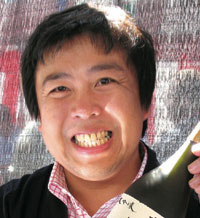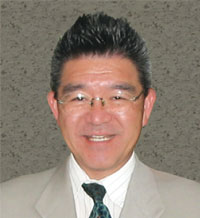Cautionary Notes for Tasting Sake
Cautionary Notes for Tasting Sake
To taste sake, first visually inspect the color tone and appearance of the sake.
*Color tone
Apart from nigori (cloudy) sake, one might imagine sake to be colorless and transparent. Primarily, freshly squeezed sake has a slight yellow or green tint. Although “clear appearance like water” was long considered a condition of quality sake, color is now gaining acceptance as a property that adds uniqueness to sake.
*Opacity
Refers to the clarity or luster of sake. Generally green and clear sake is fresh, light, and delicate in flavor, while golden-hued sake is aged and said to be savory in flavor.
*Carbonation
For sparkling sake, confirm the fizz. Observe the size of bubbles, the carbonation level (amount of bubbles), and persistence (how long the fizz lasts).
テイスティングの注意点
テイスティングで最初に行うのは、目で色味などの外観をチェックすること。
*色合い にごり酒は別として、日本酒といえば無色透明なイメージがあるかもしれない。本来搾りたての日本酒はかすかに黄色や緑がかった色をしている。長年、「水のようにクリアな外観がよい」とされてきたが、近年は色味も日本酒の個性として考えられるようになってきている。
*透明度 日本酒の澄明度(透明度)や、光沢=冴え(さえ)などを確認する。一般的に、青っぽくクリアなものは若くて淡麗なお酒、黄金色のものは熟成が進んでいてコクがあるといわれている。なお、「澄明度」は自然な透明感を、「透明度」はろ過などによって精製された透明感を指す。
*泡 発泡性の日本酒では気泡も確認する。粒の大きさや、量・持続性をチェックする。




